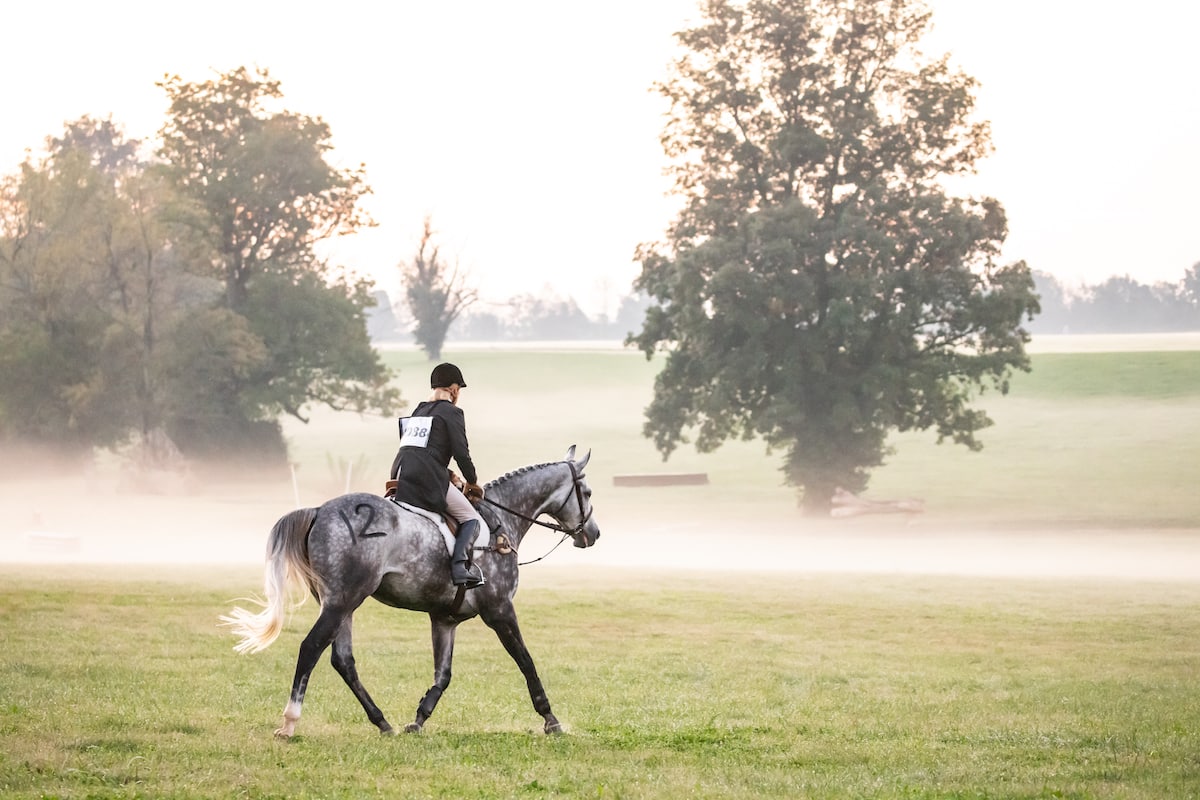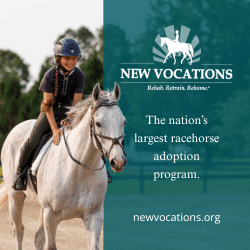
Bethany P Photography
Thanks to programs like the RRP’s Thoroughbred Makeover and increased marketing of the ex-racehorse as a competitive or recreational mount for all disciplines of riding, demand for Thoroughbreds after racing is on the rise — and both non-profit adoption organizations and open market resellers have shared that horses are moving quickly through their programs.
There’s a market for almost every horse, because every discipline of equestrian sport as well as individual rider taste encompasses a huge range as far as ideal conformation, size, bone, athleticism, disposition and overall looks go. Unraced, lightly-raced, and “warhorses” with 50 or more starts all have their fans.
But there’s one factor that has a huge impact on how easily a horse will be placed when he retires: his soundness. Both adoption organizations and the open market agree that a sound horse with few or no second-career limitations are easy to place, while horses of limited athletic ability as a result of a racing injury have far fewer options. Horses who need to rehabilitate an injury as they transition to a second career tie up valuable resources at organizations and reselling programs, limiting the number of horses that such services can take on at a given moment.
Knowing when to retire a horse help fight what has been called “One Last Race Syndrome,” a phrase coined by Dr. Patty Hogan of Hogan Equine Clinic at Fair Winds Farm: especially for older horses where connections know there may be a problem, and they enter the horse one last time hoping for one more paycheck. If that last race ends in injury, it can make the difference between retiring sound with a wide array of options, or requiring a lengthy rehab — or being permanently unsound.
Responsible aftercare can be one of the greatest strengths of a breeding or racing program, and is increasingly part of the public front of such organizations: taking the time and resources to correct problems early in a horse’s career, rehabilitating injuries thoroughly, and knowing when to retire a horse will not only set that horse up for a successful transition to a second career, but be an aspect of your program to proudly share with the public.










